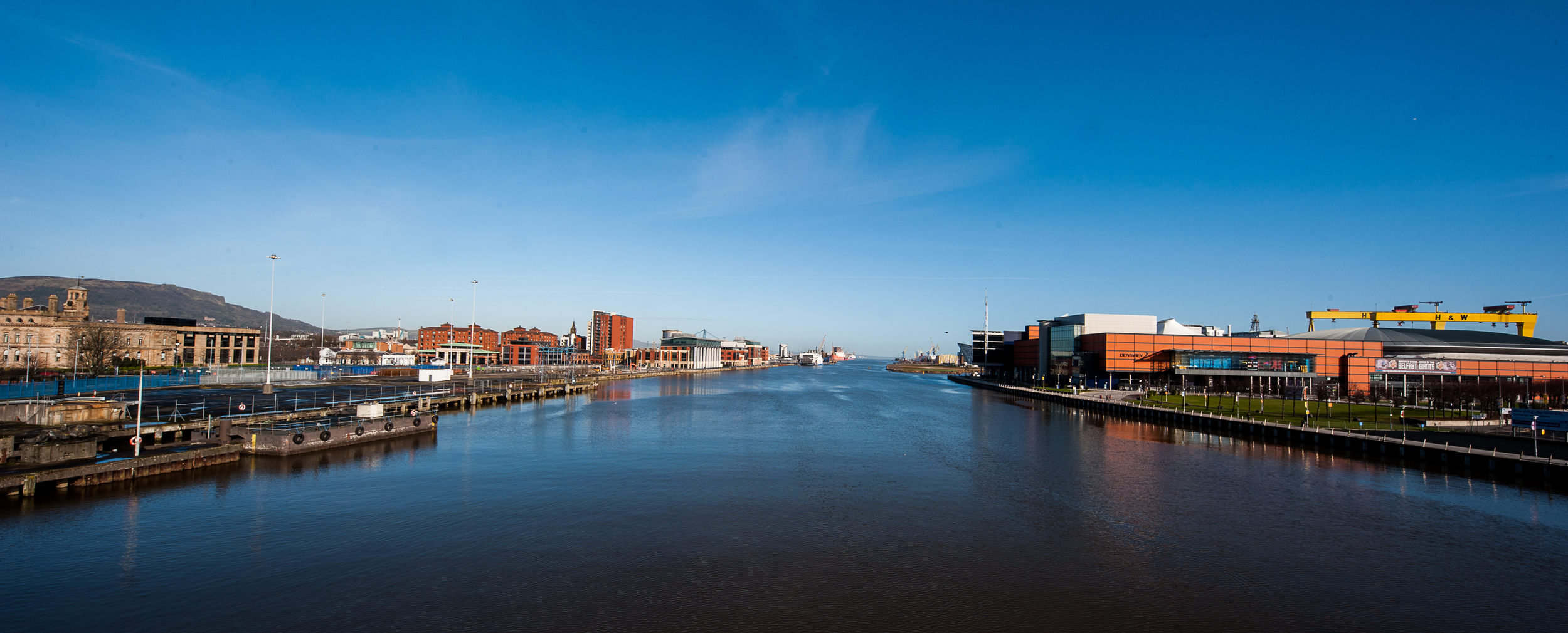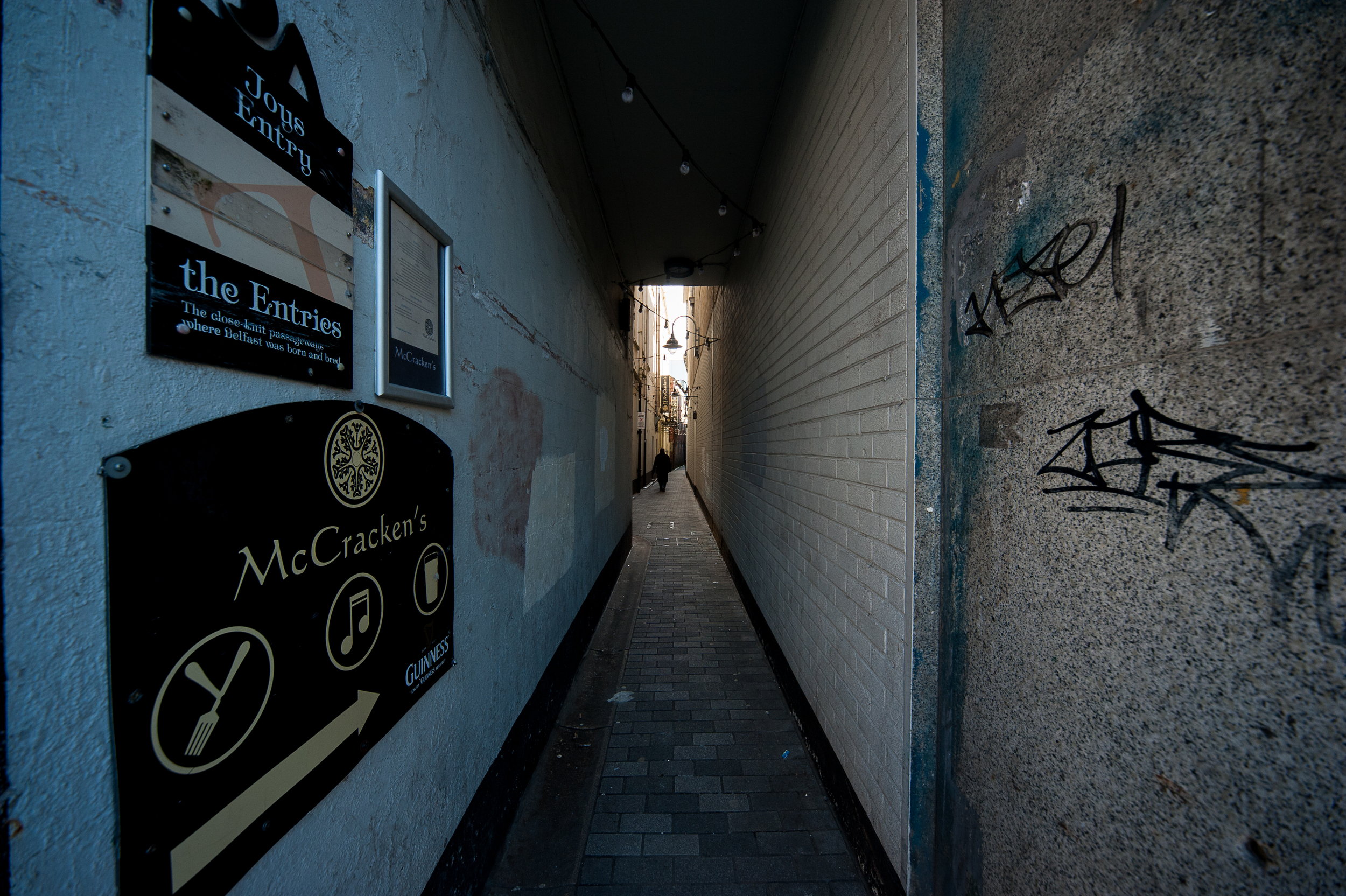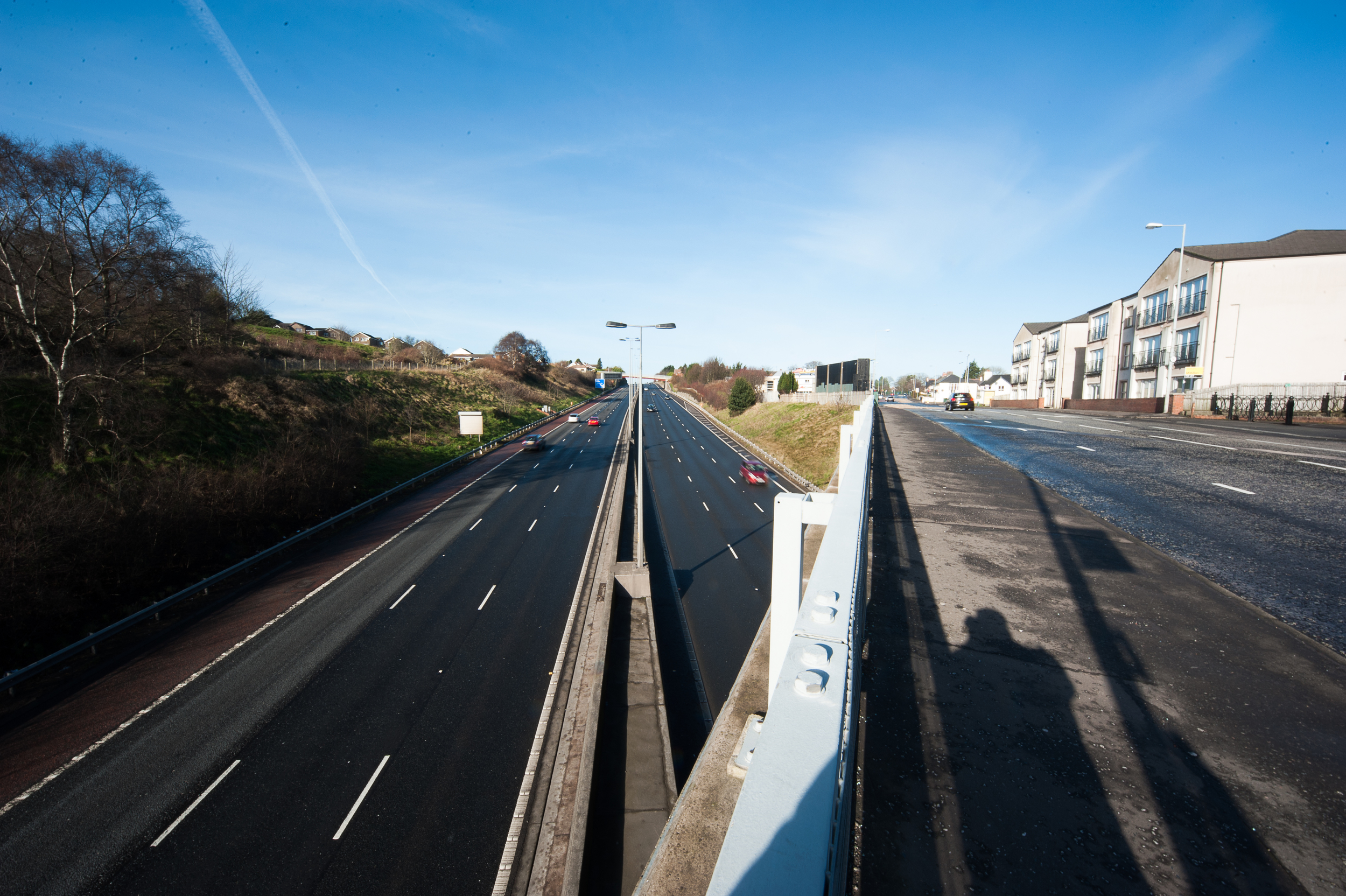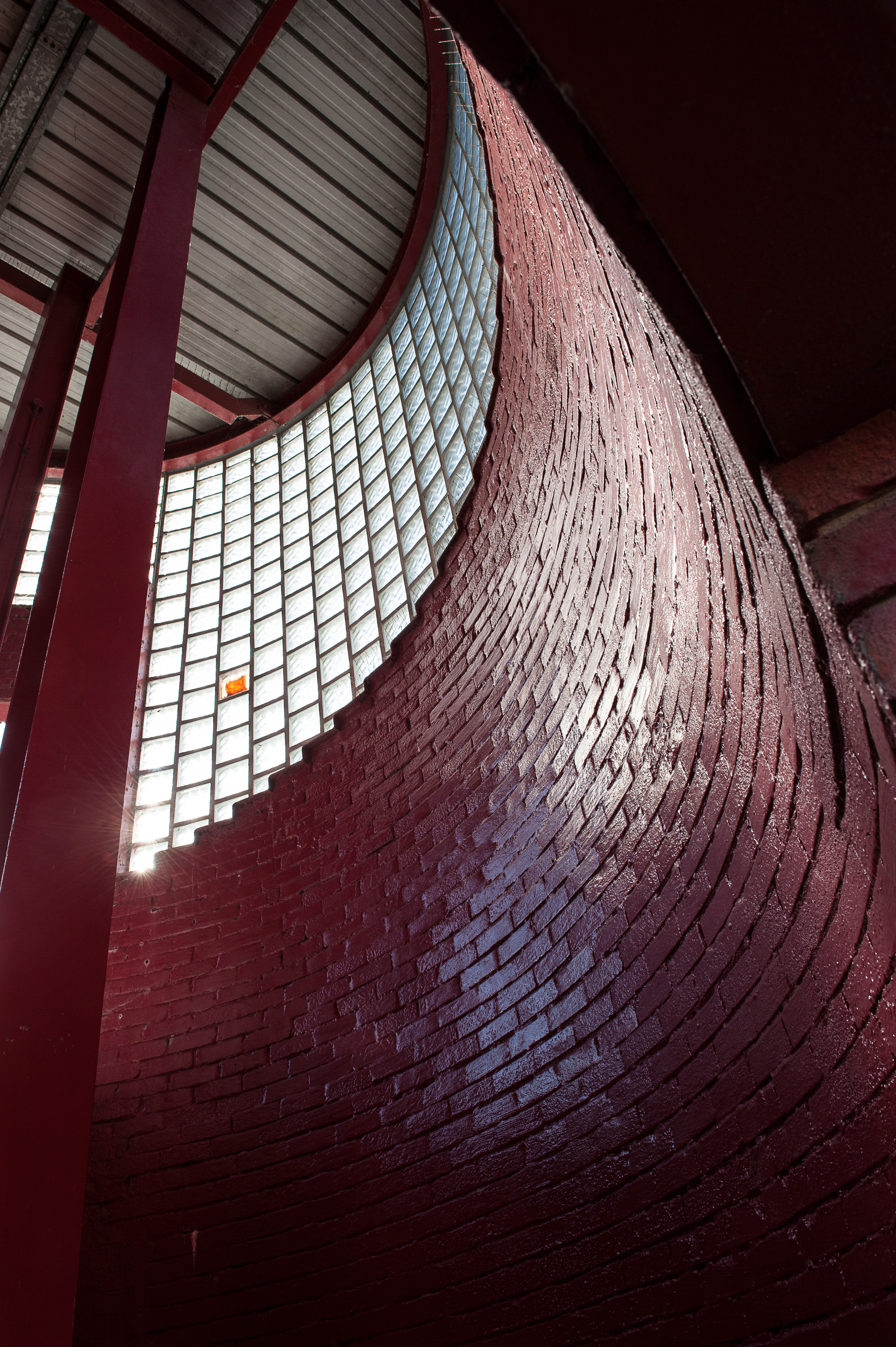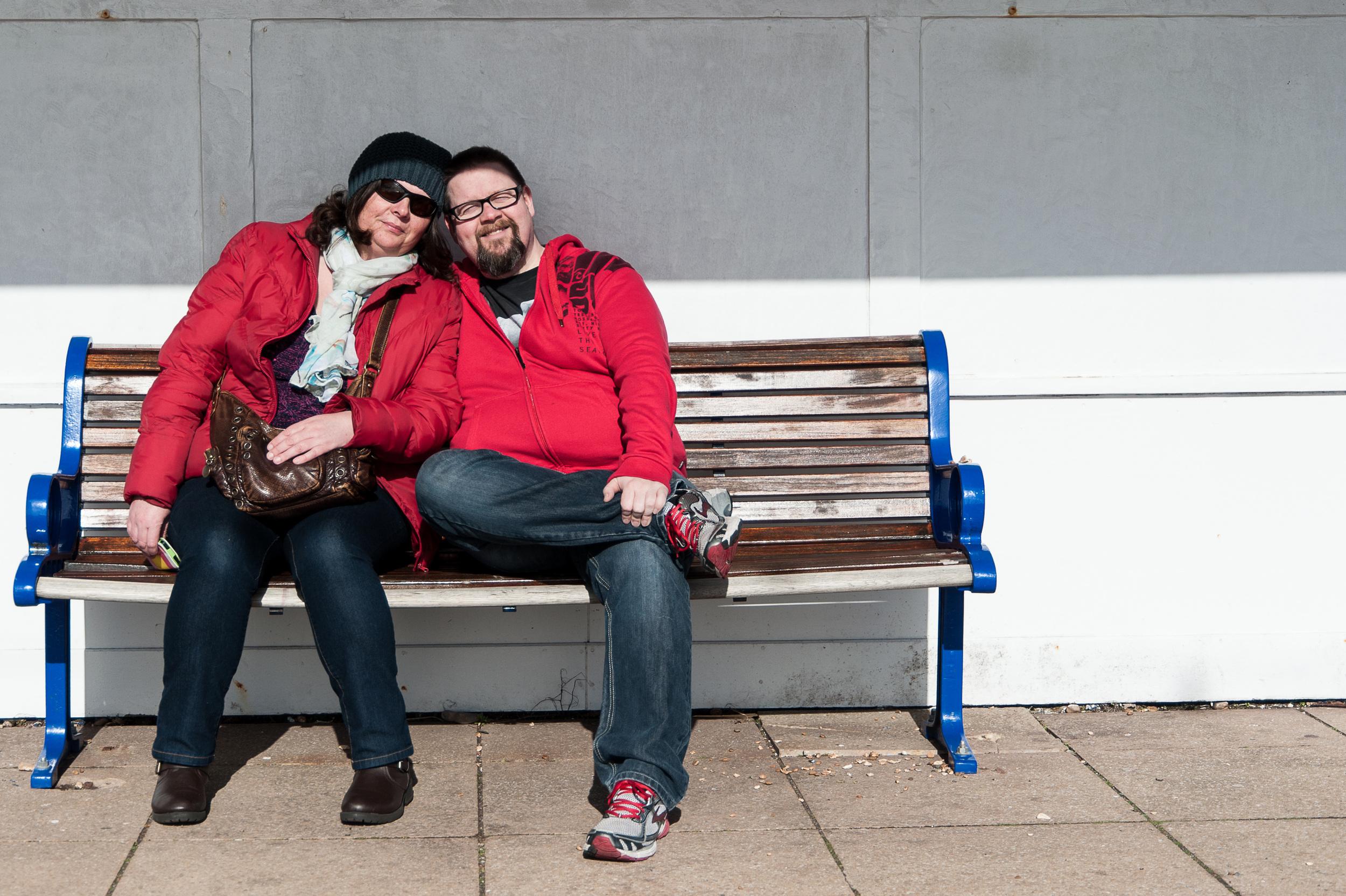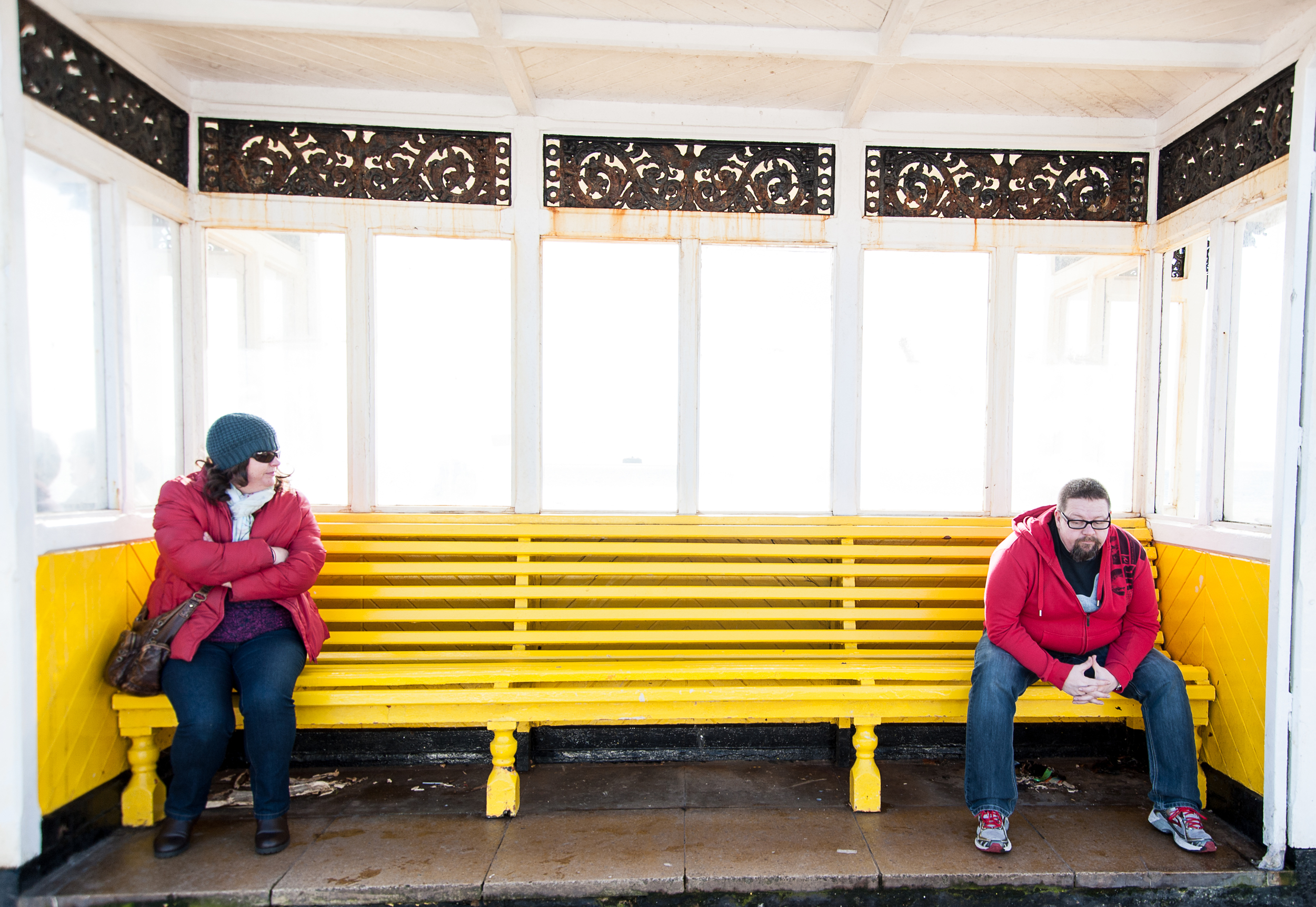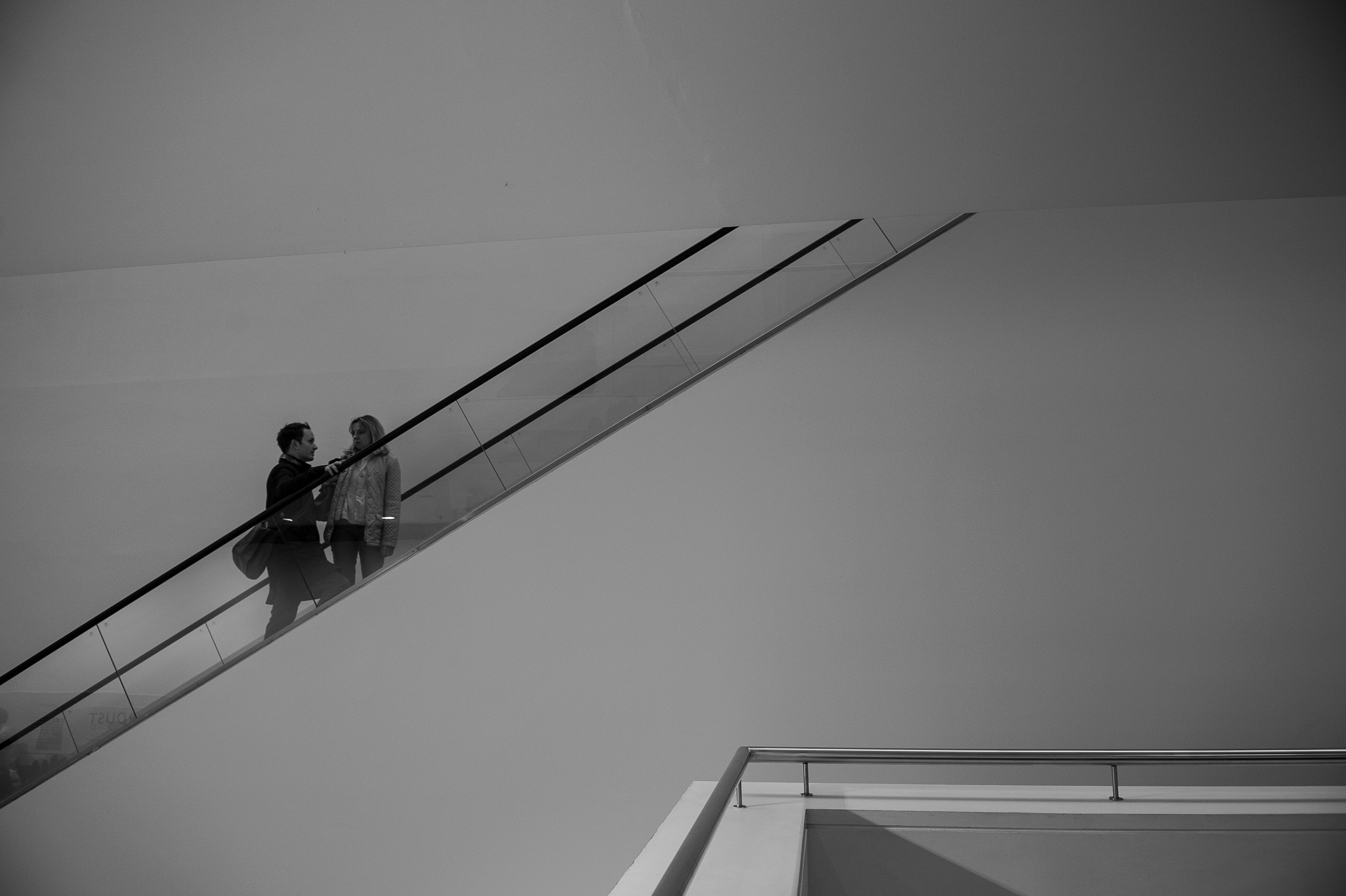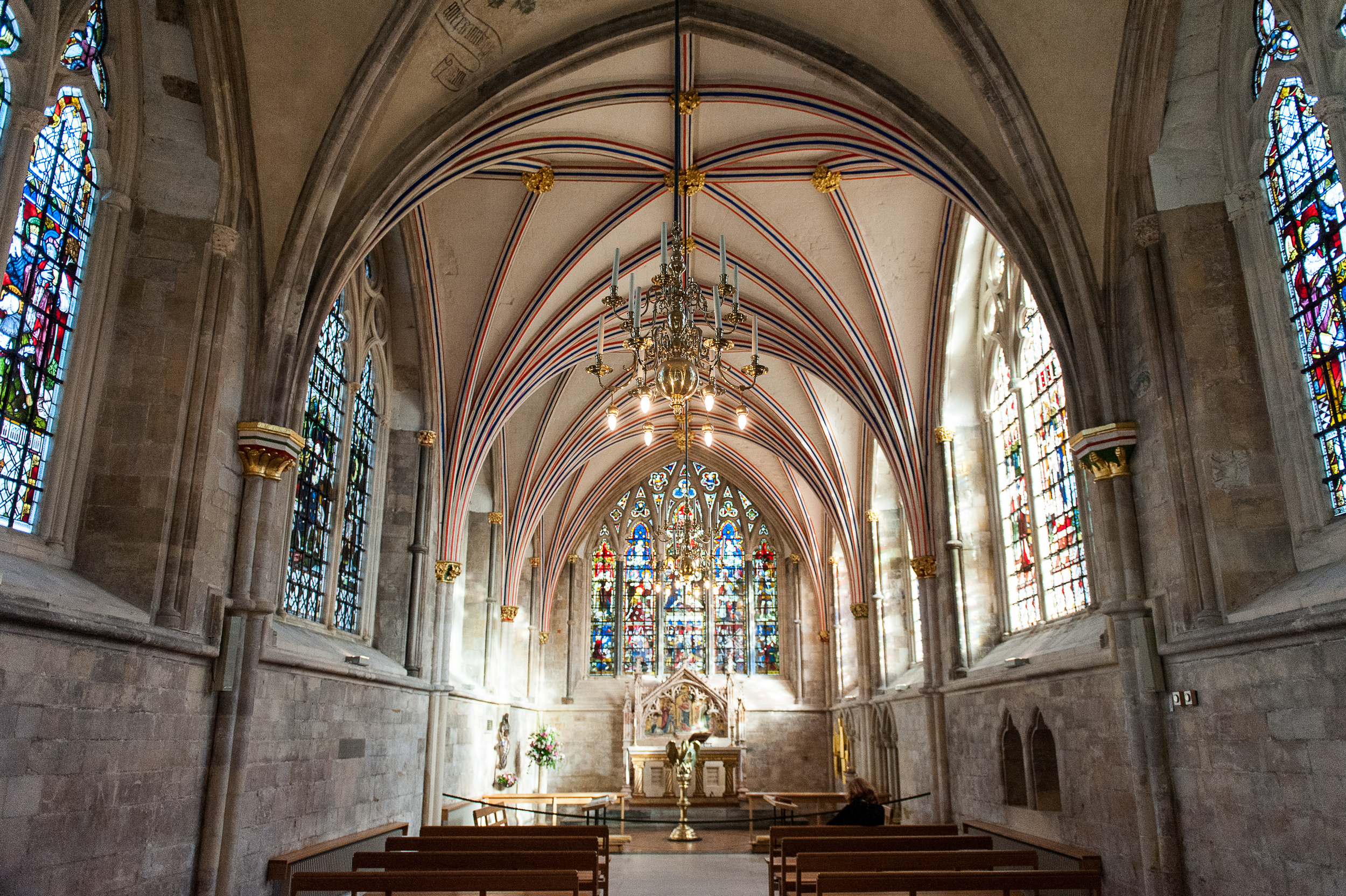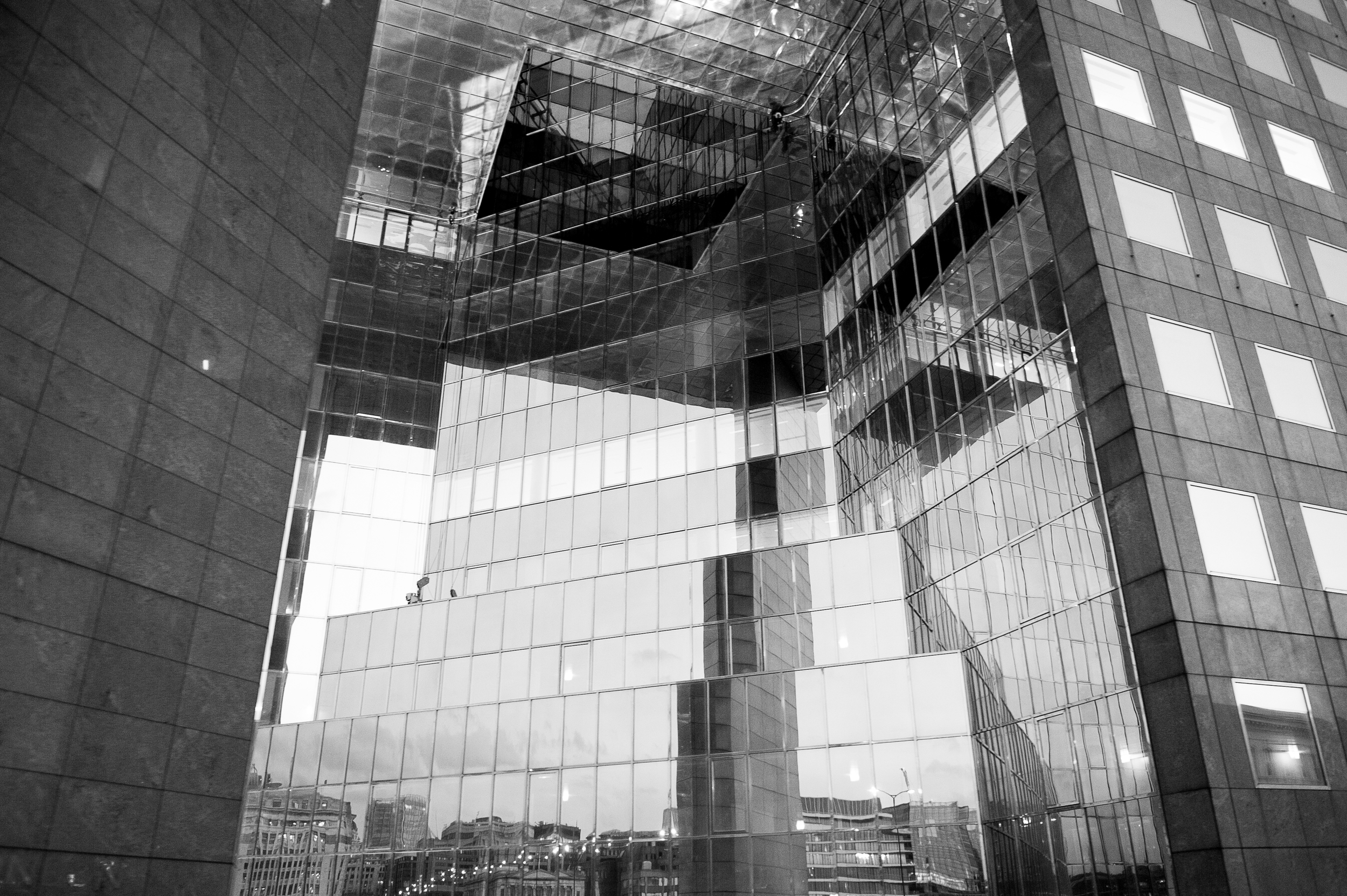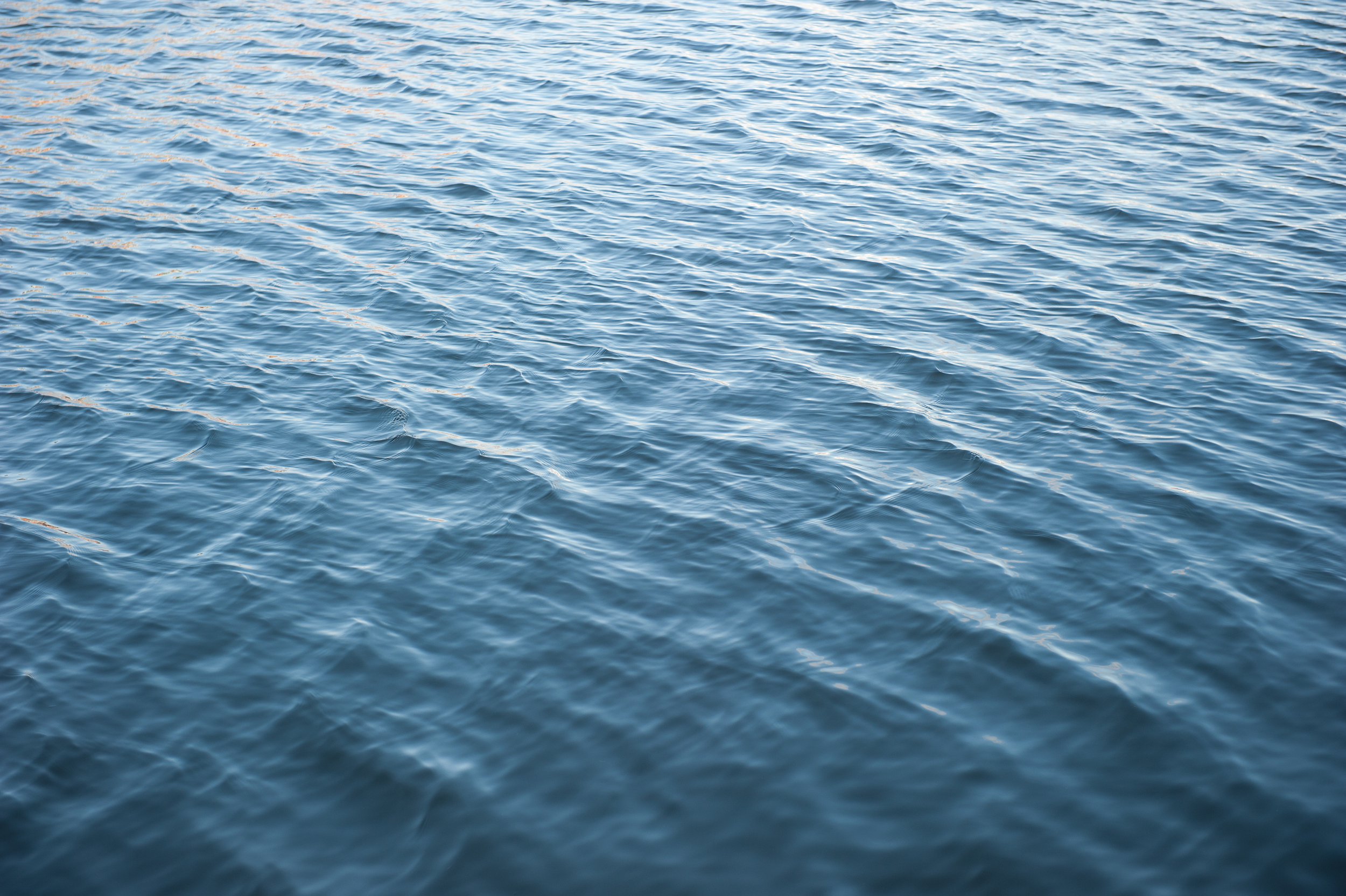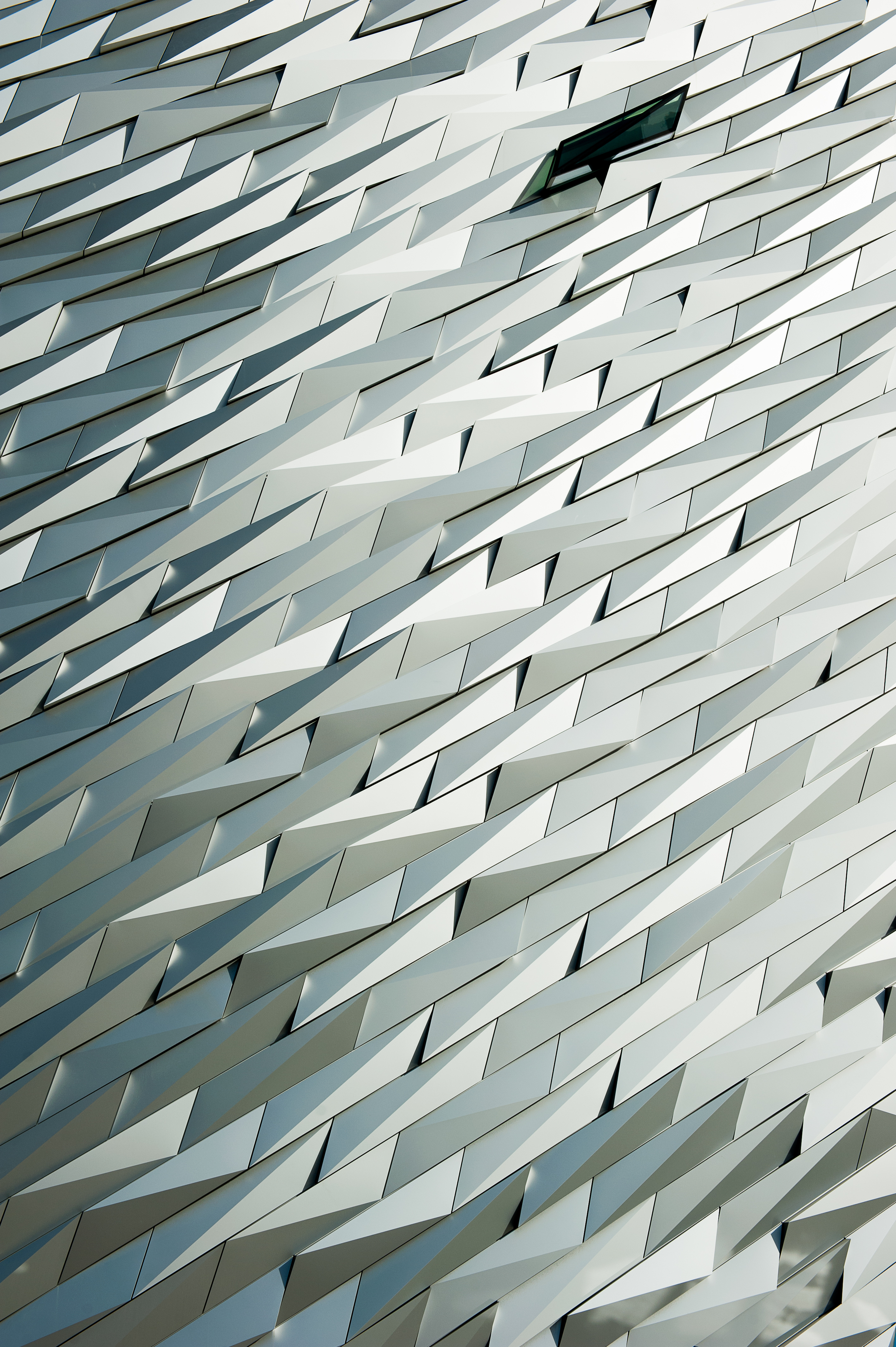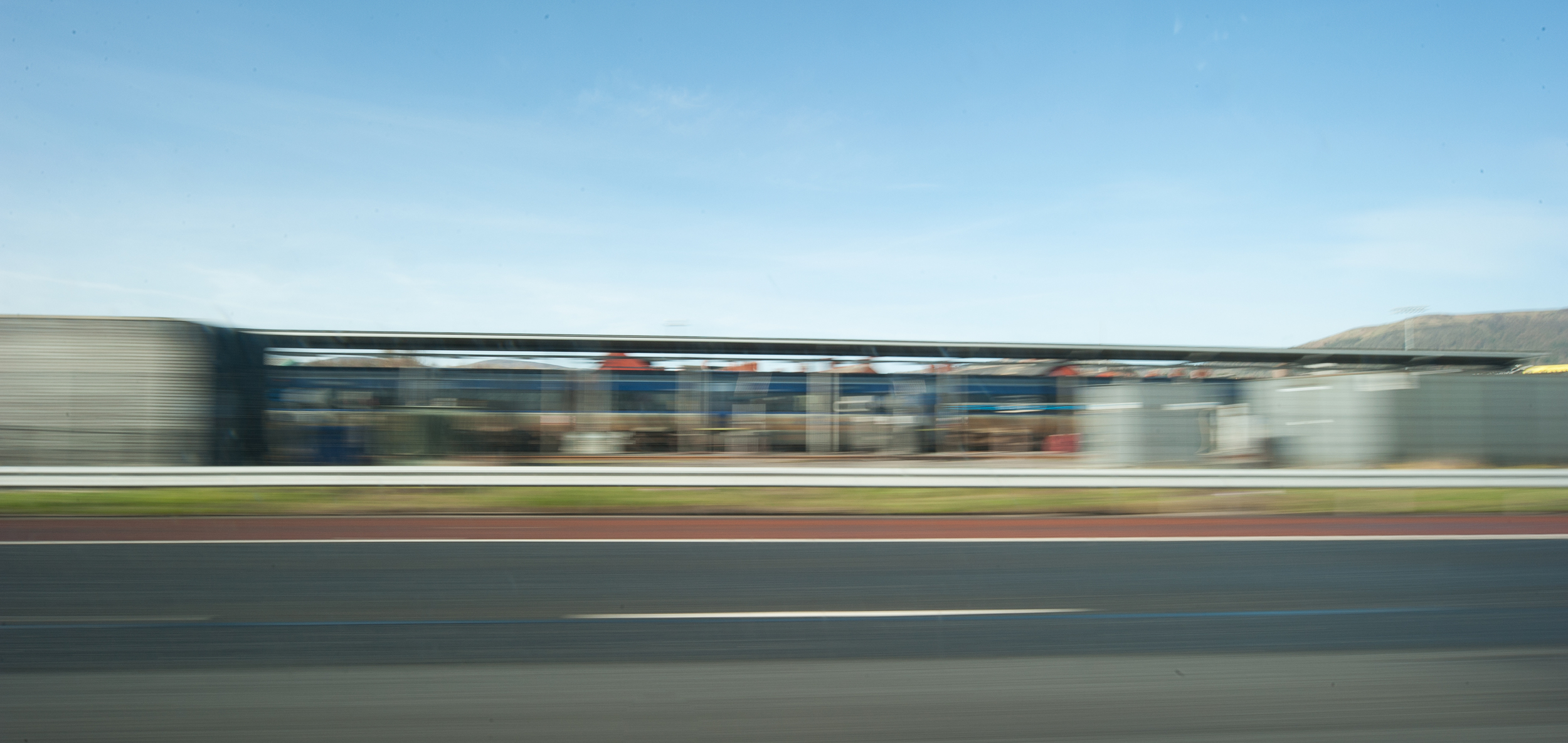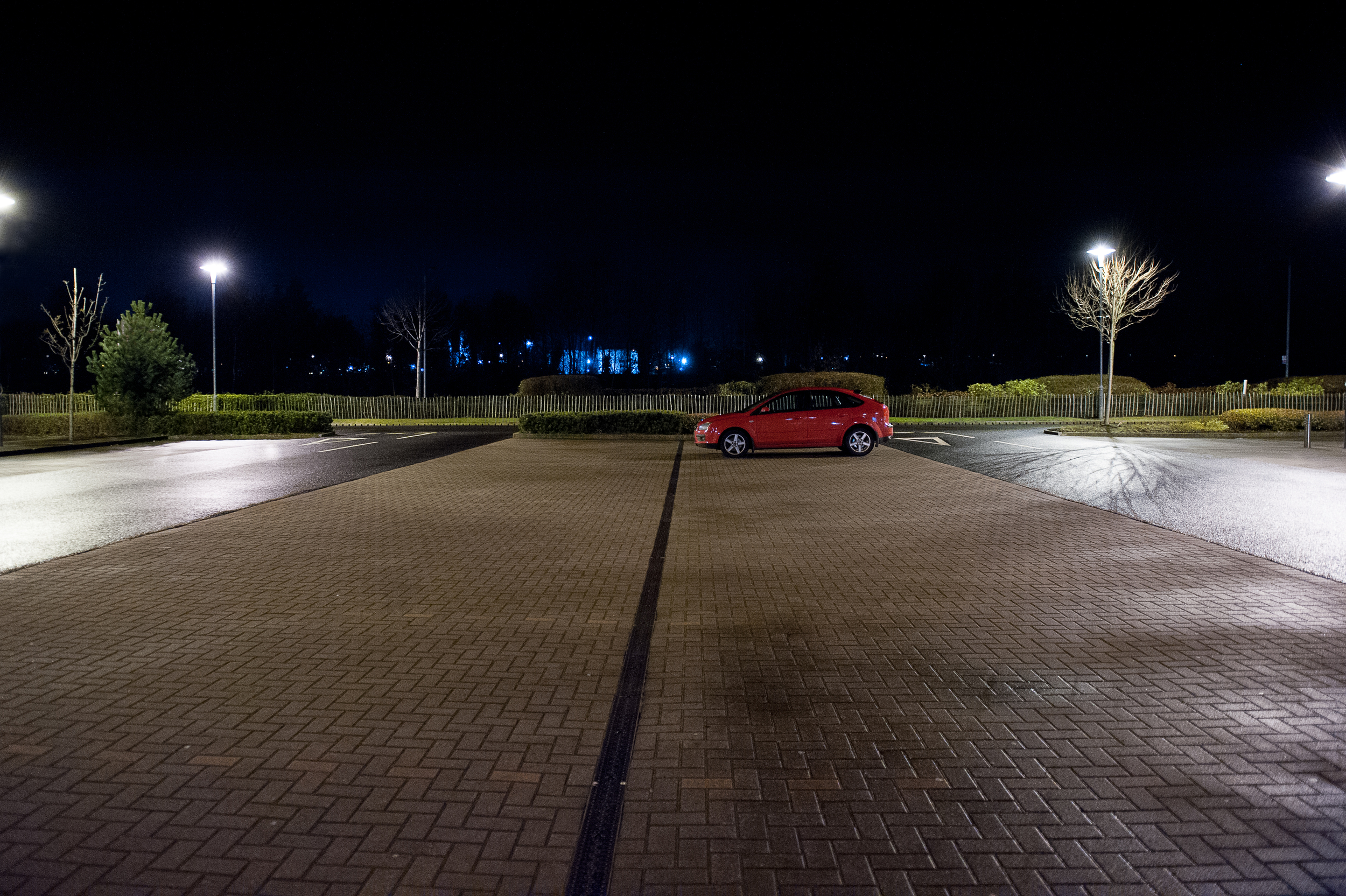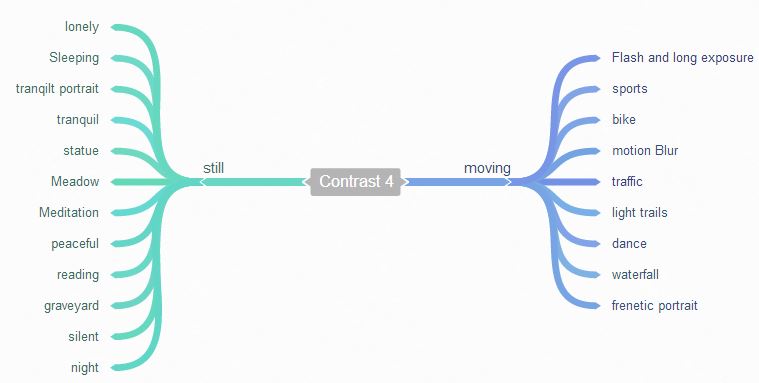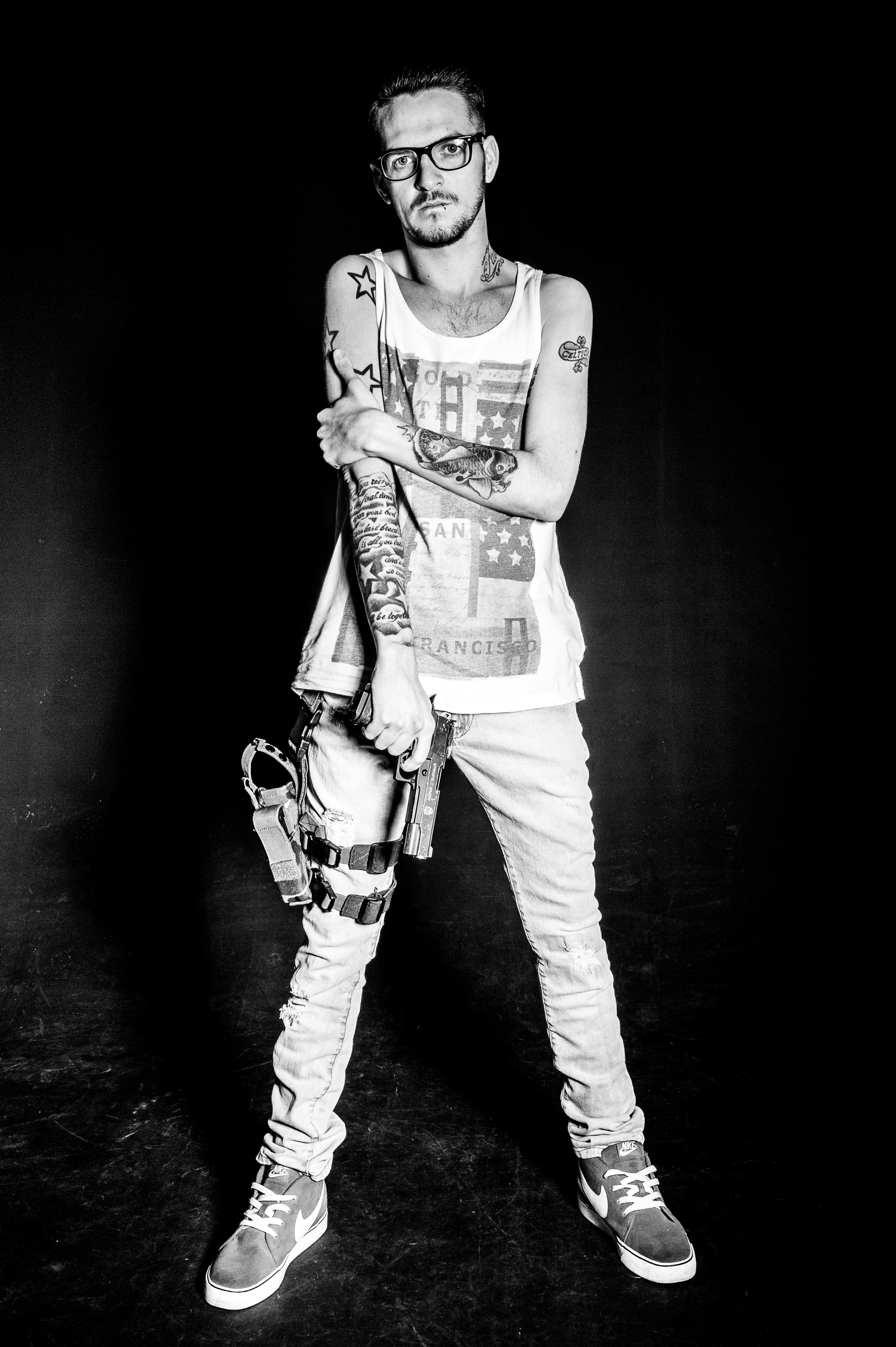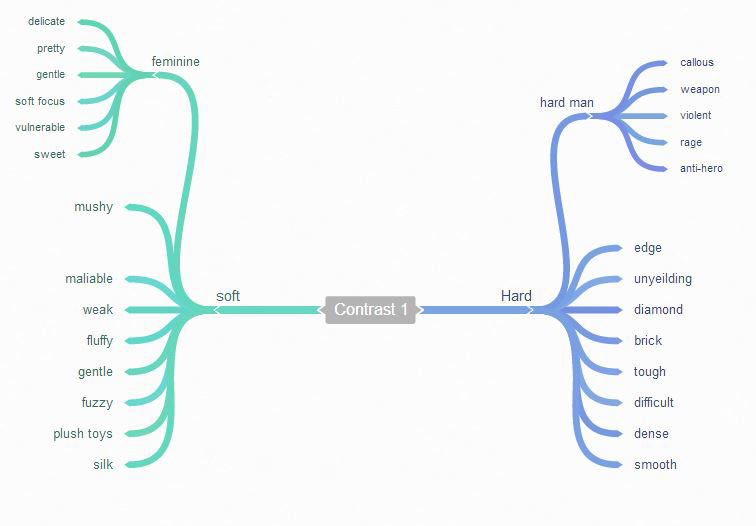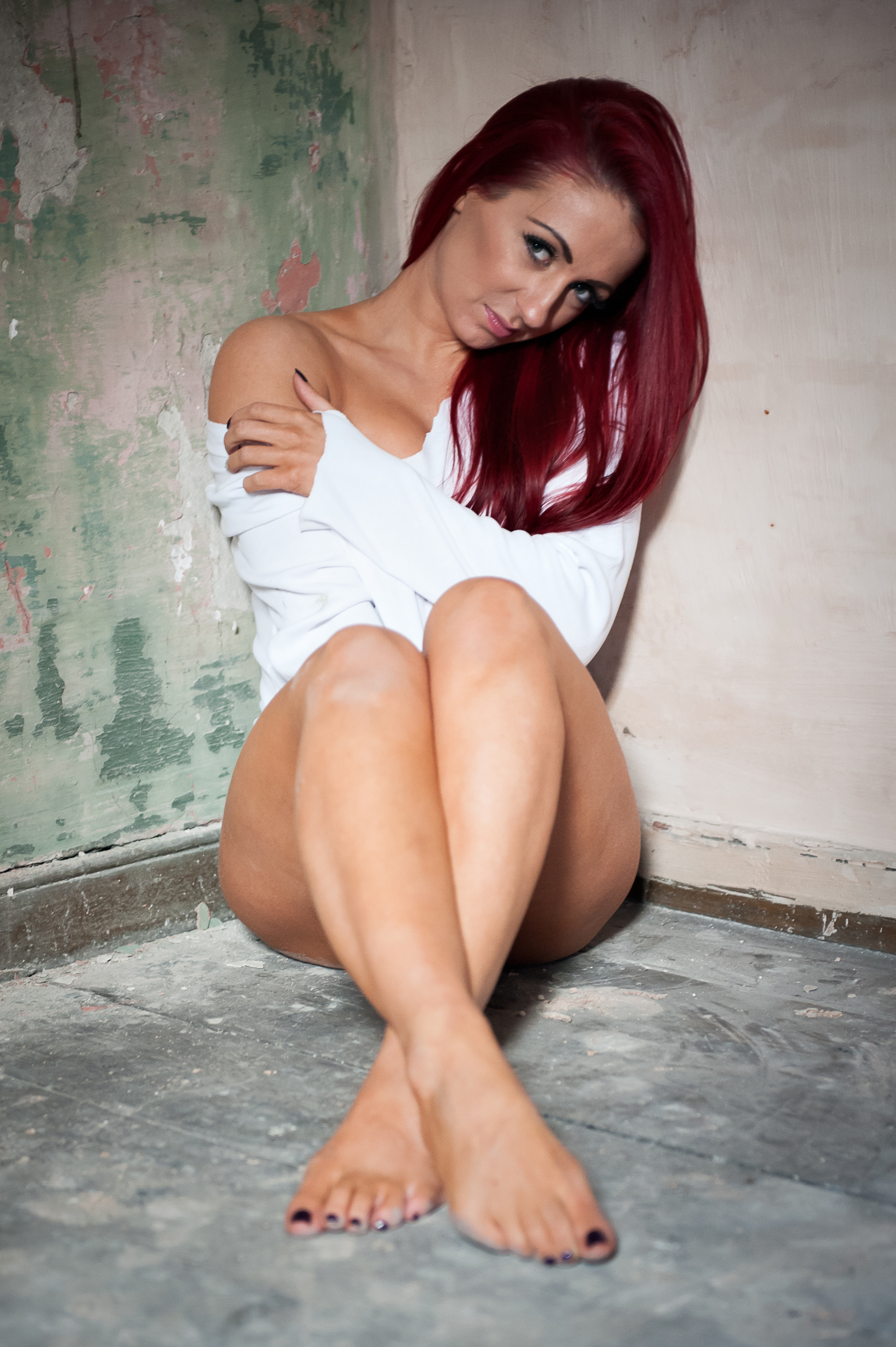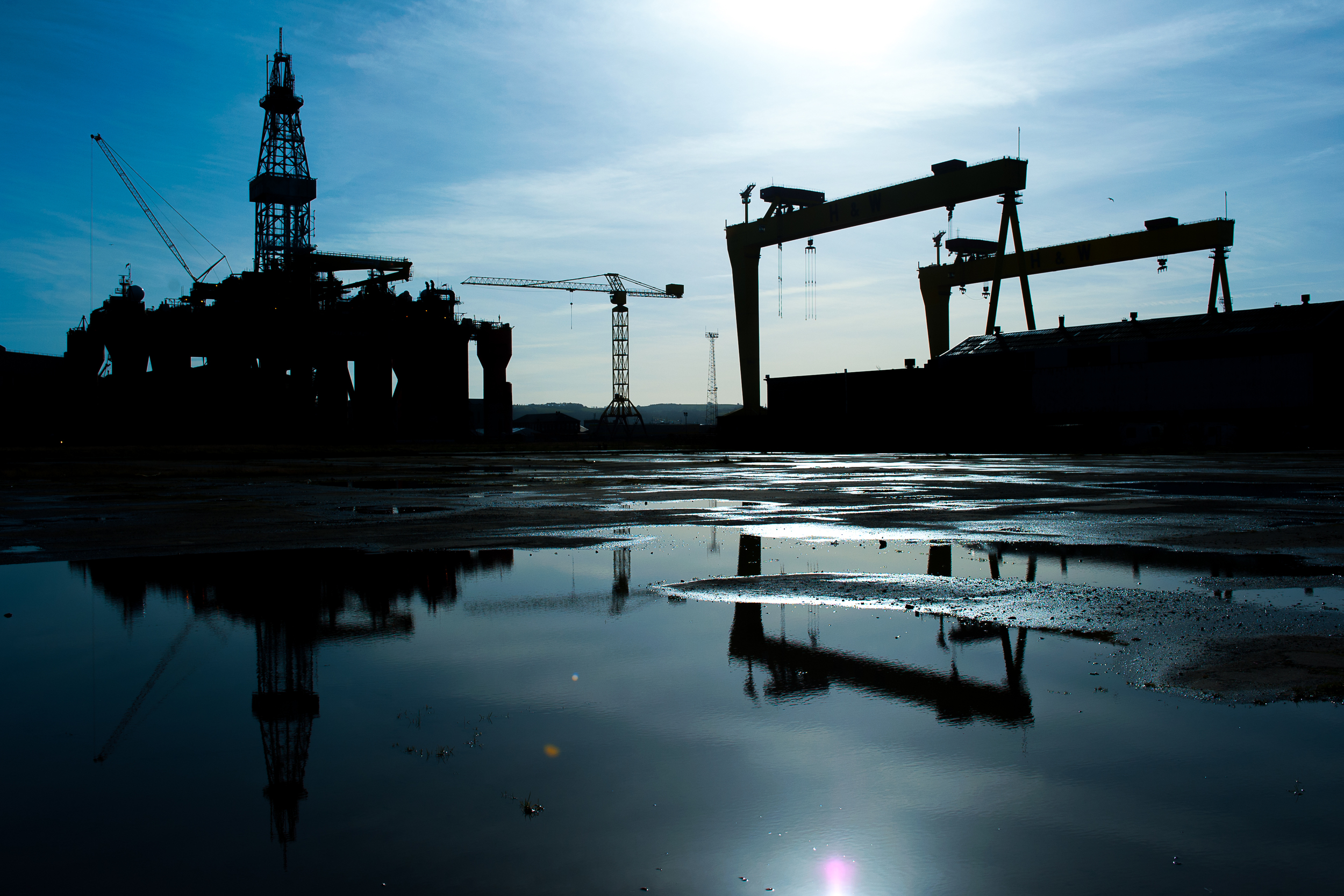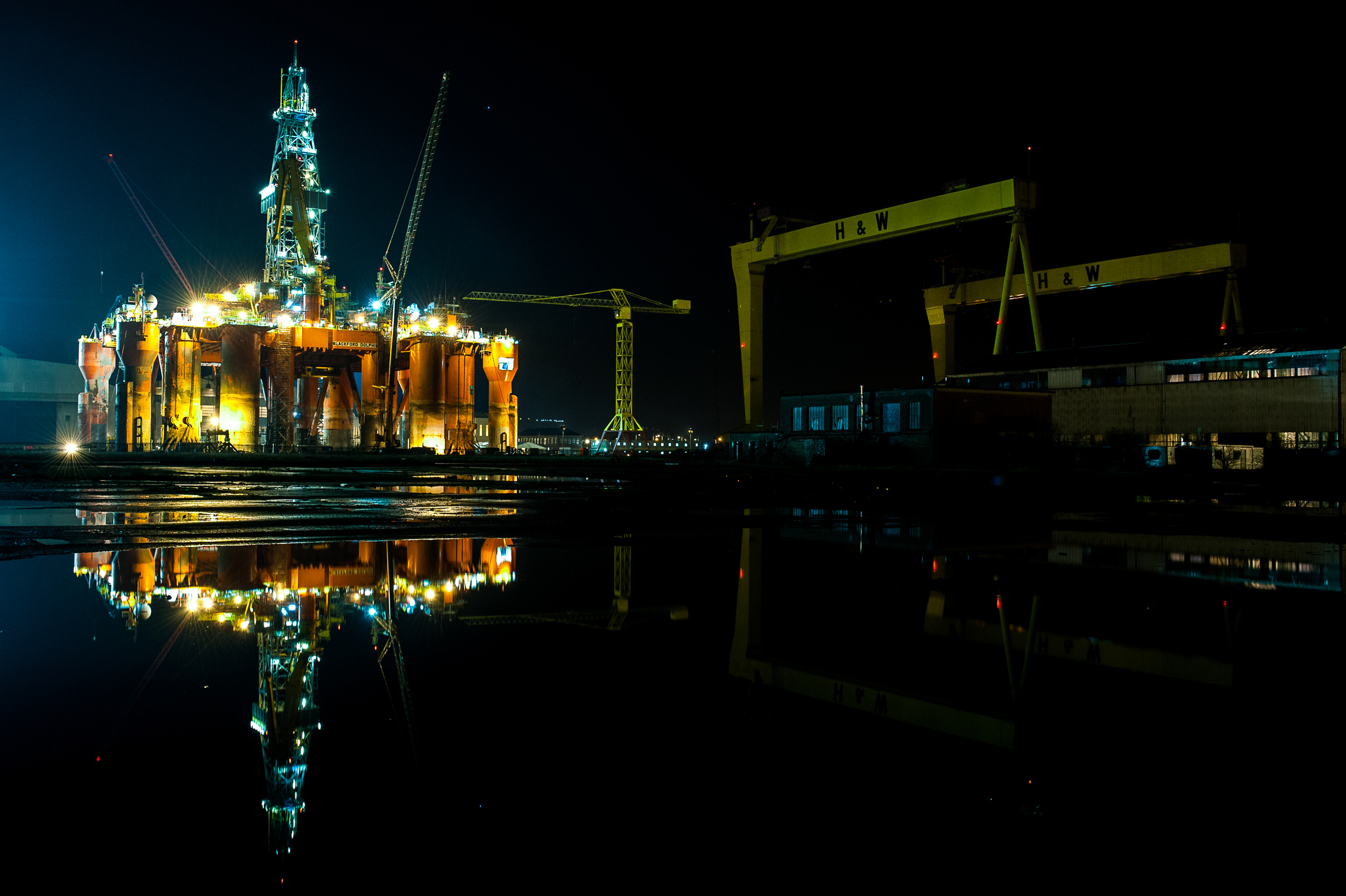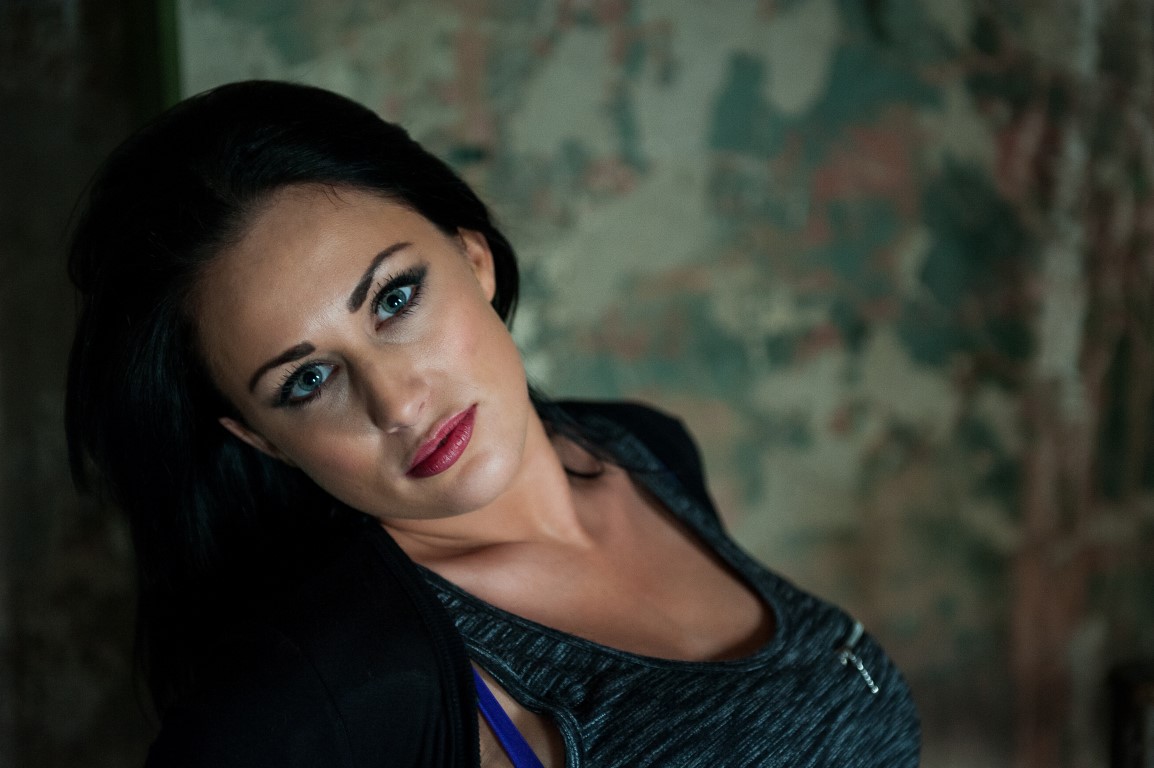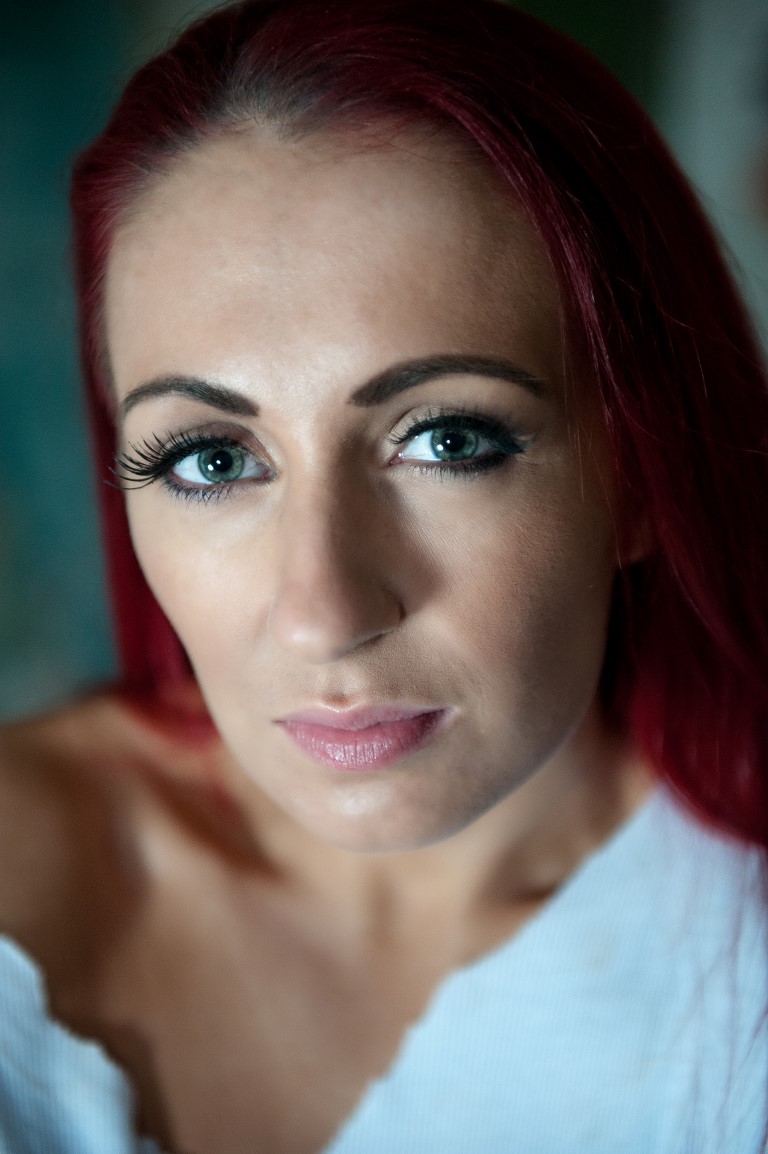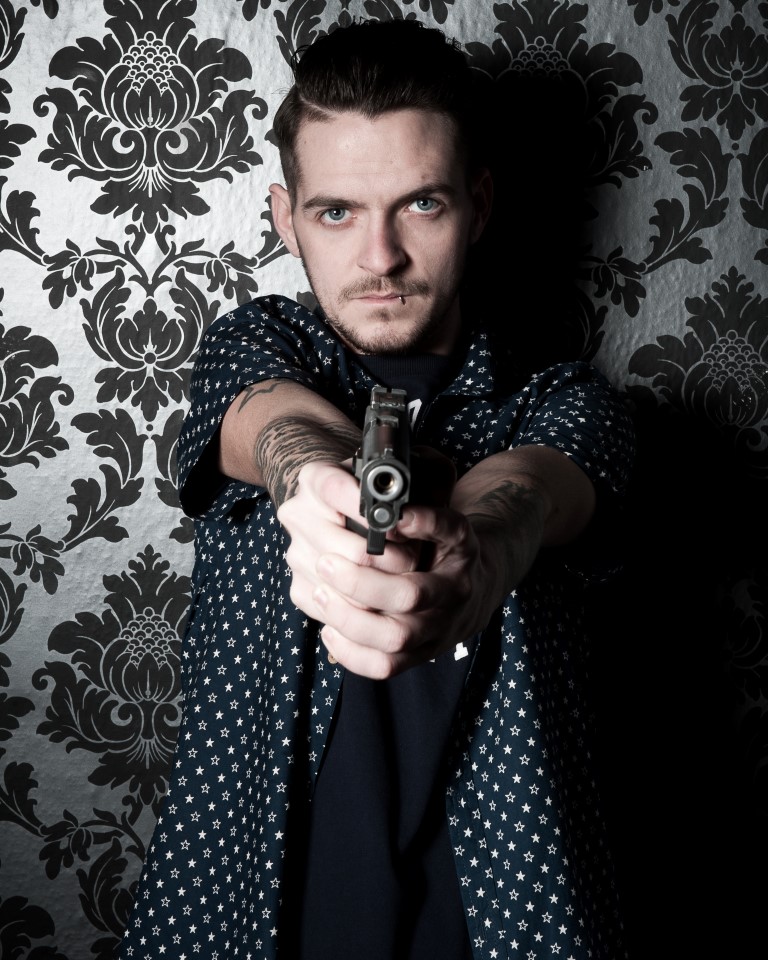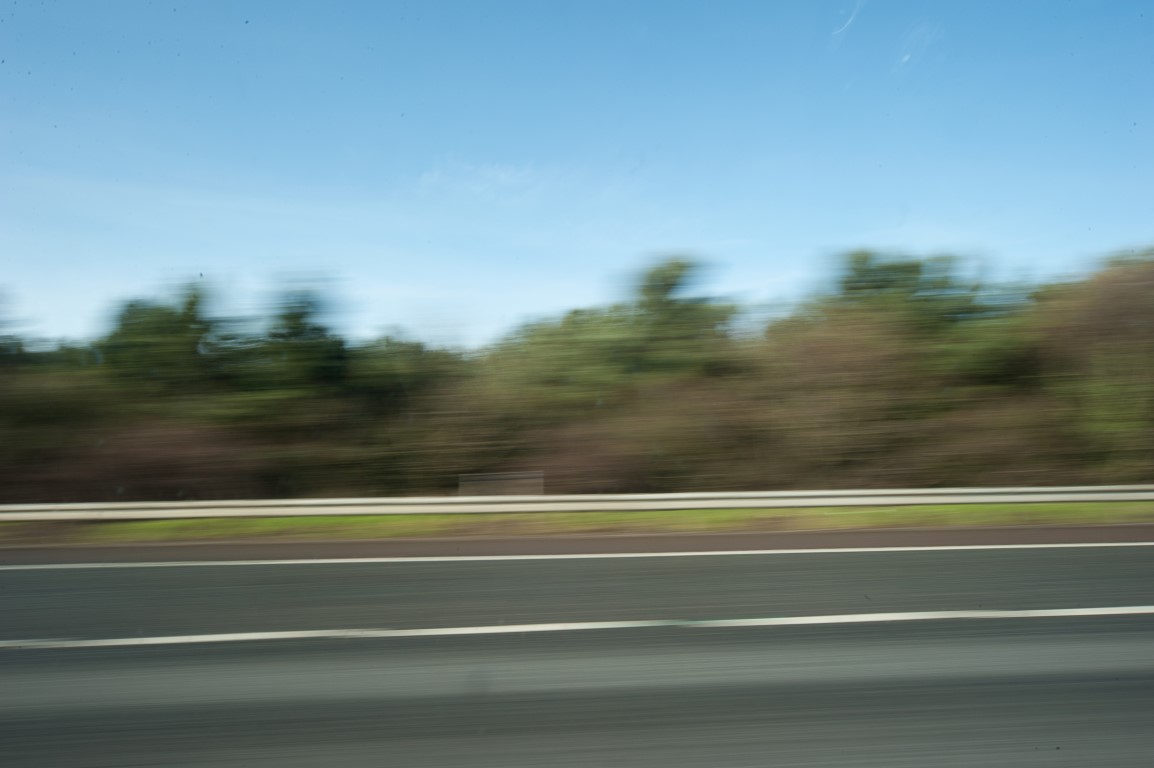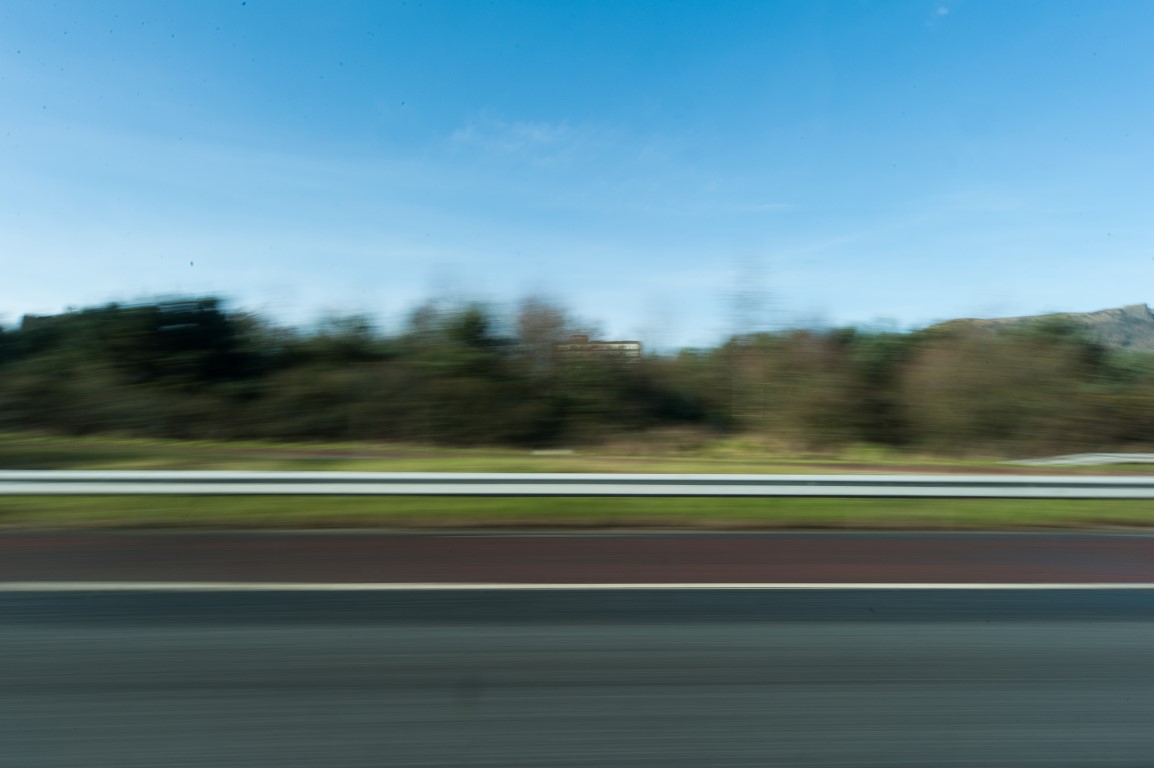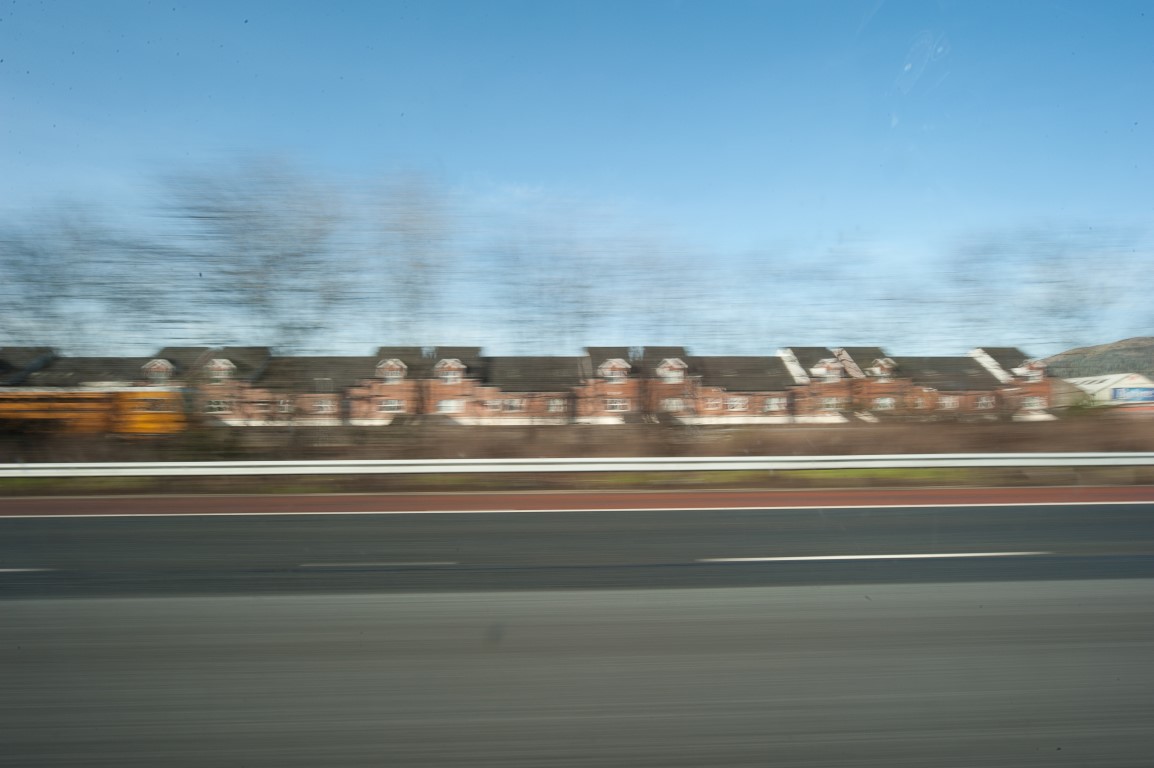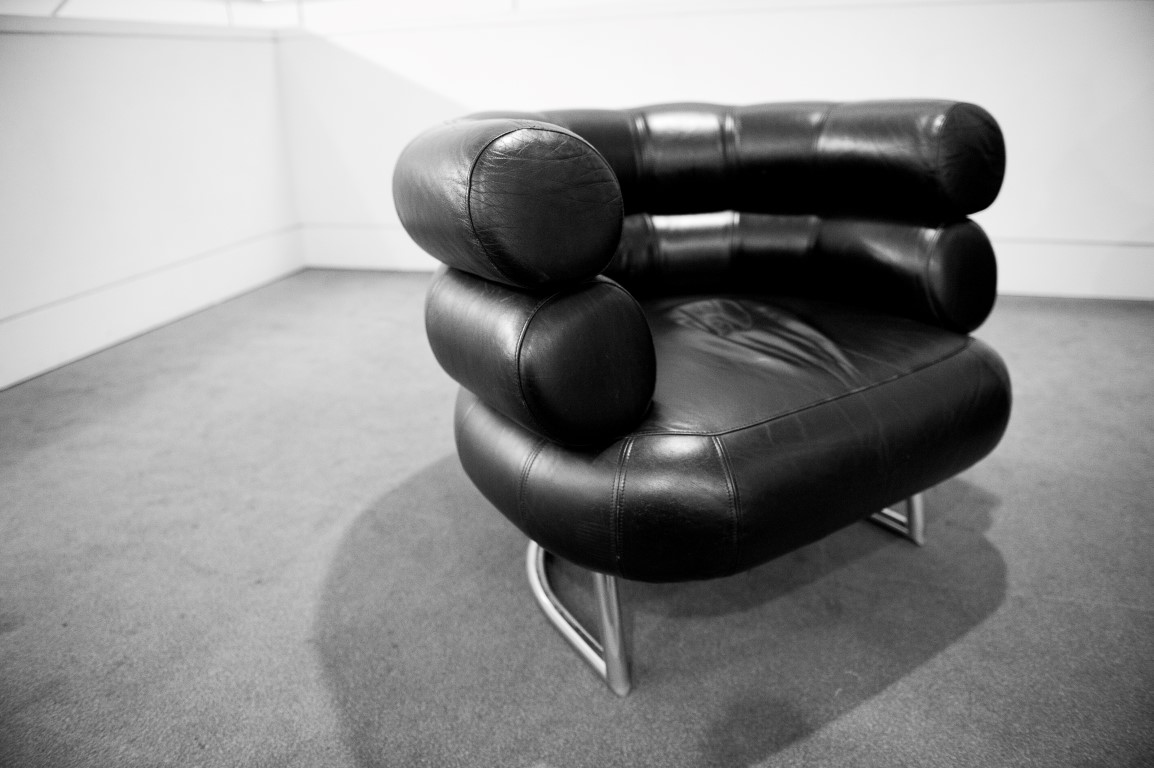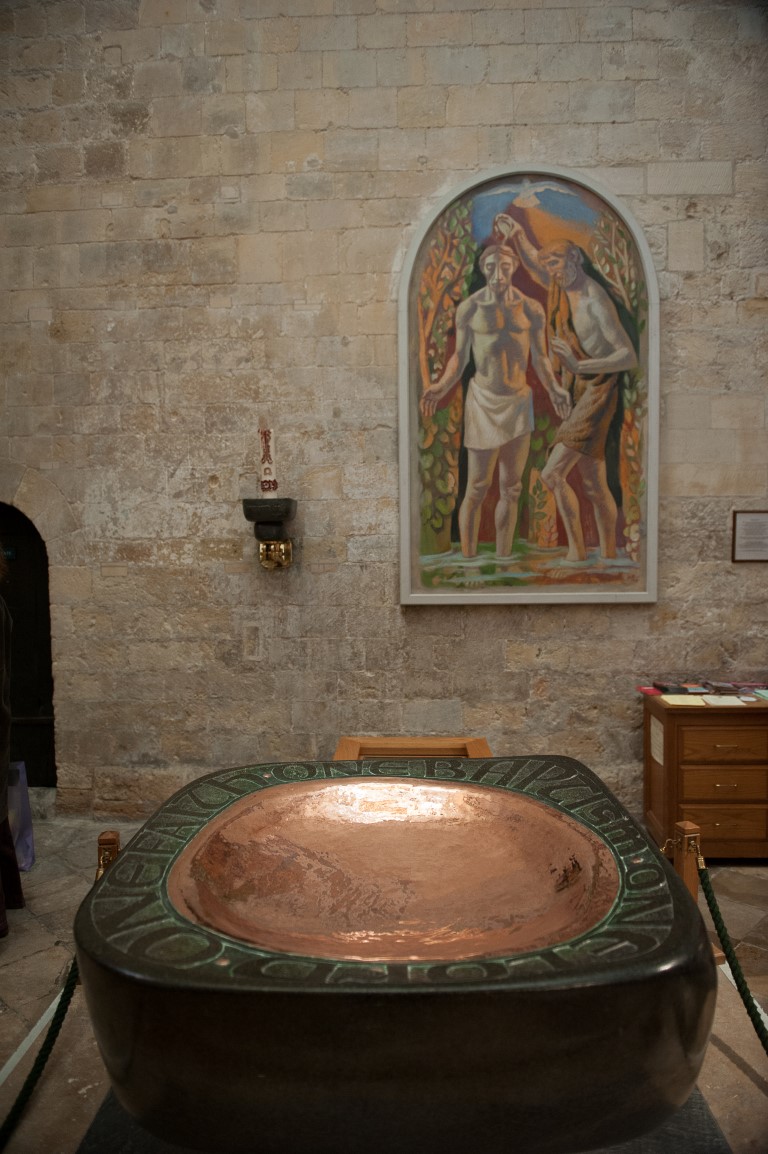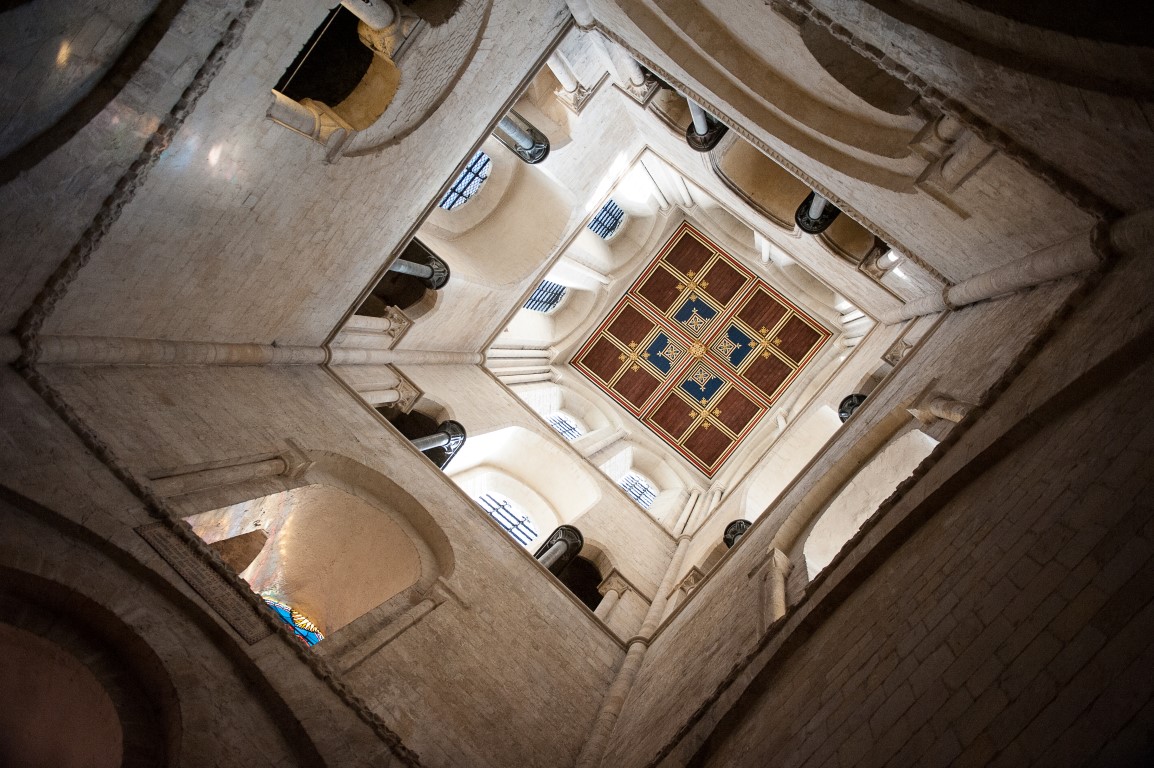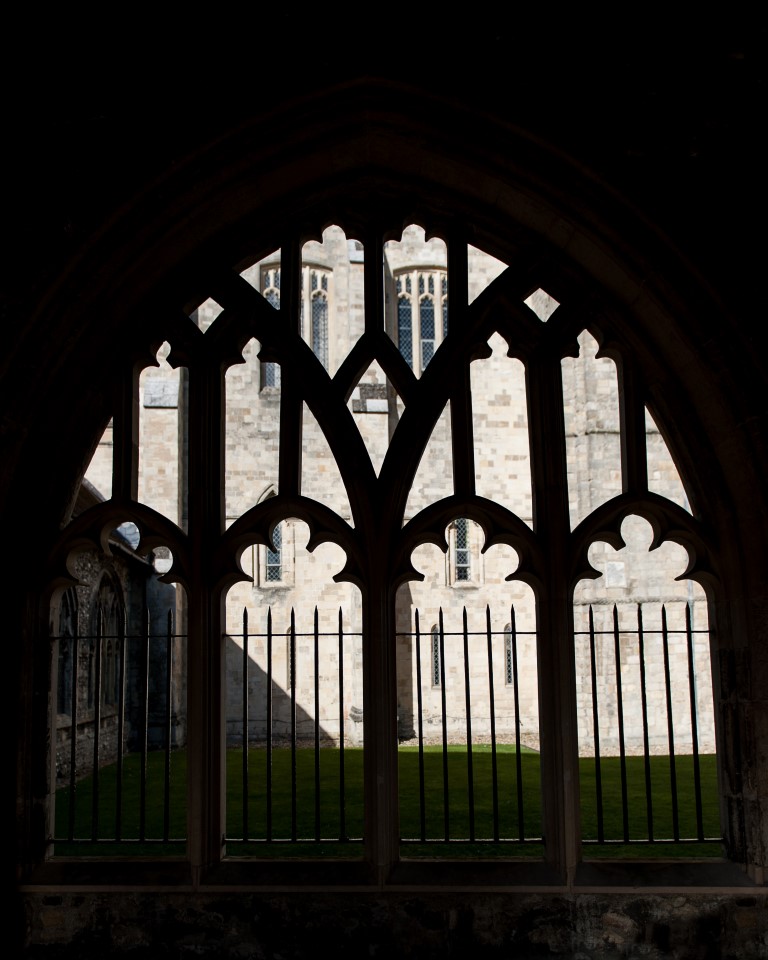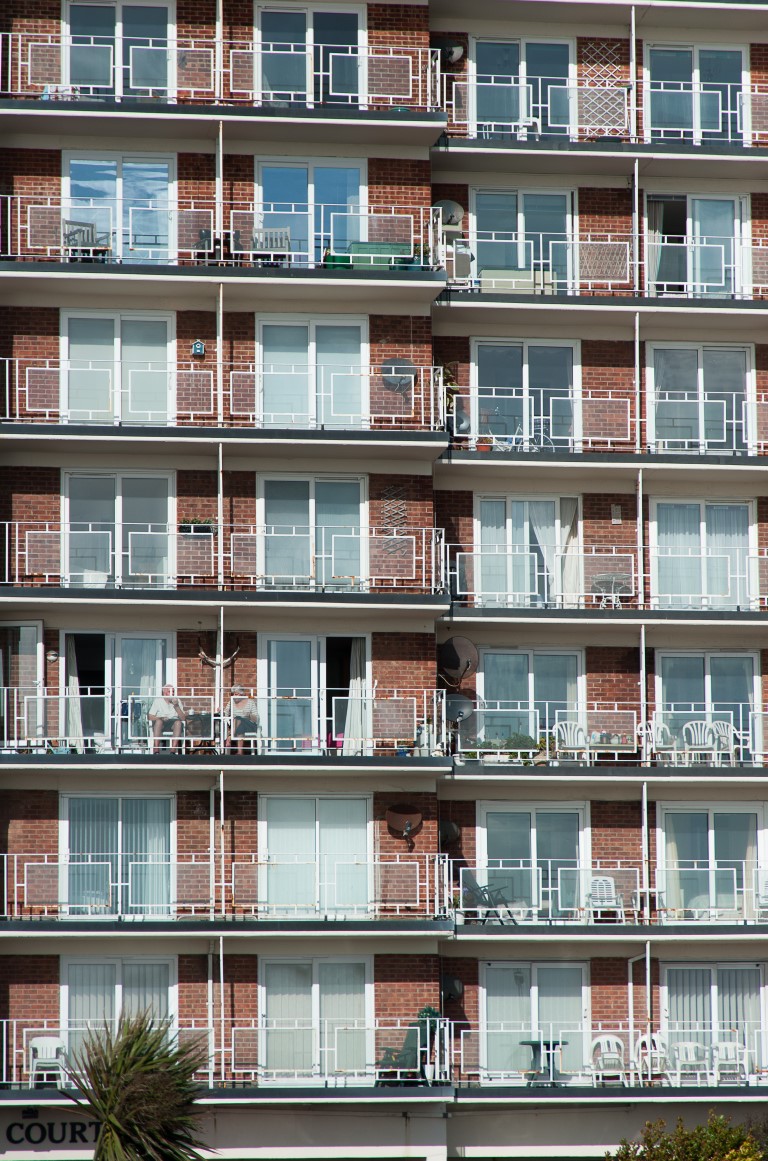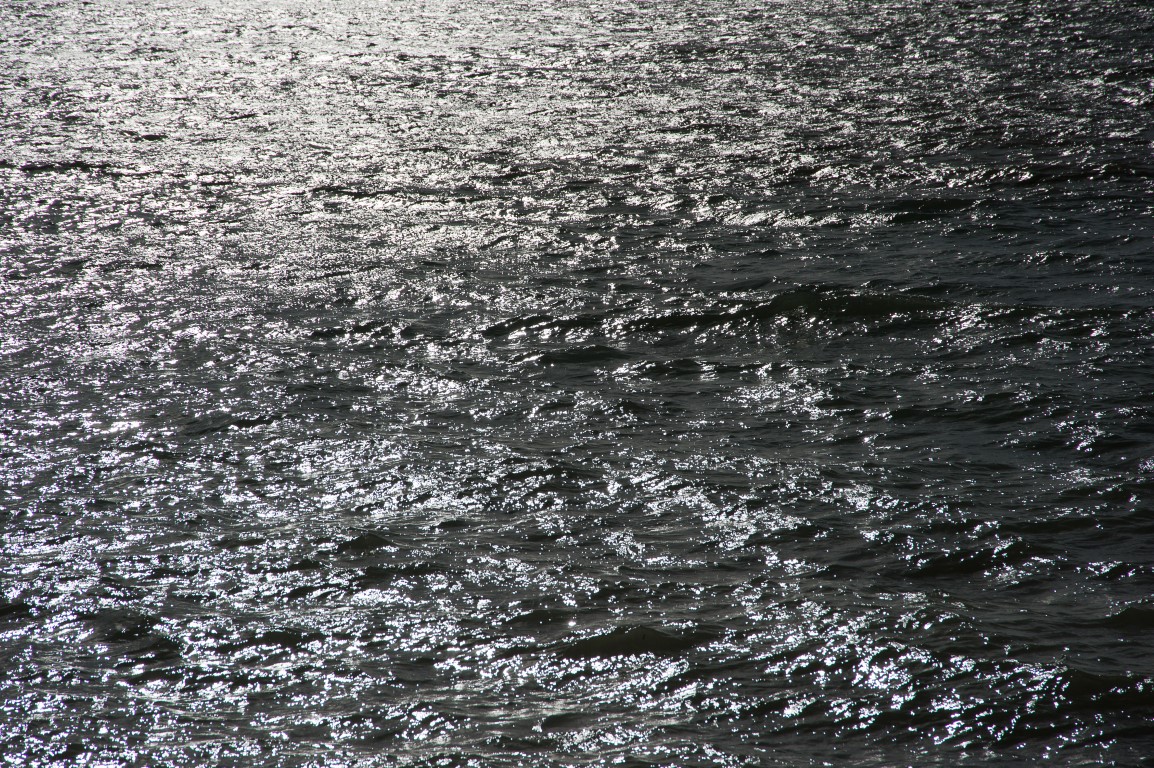Reflection
It was very encouraging to get positive feedback from the tutor on the assignment. I was a little concerned that by stepping away from the literal meanings of the words defining the contrasts I was moving away from what was required to successfully complete the assignment. Much to my relief, it turns out this was the right thing to do. The tutor did give me some areas to improve upon: –
- Clean my sensor - something I have neglected to do for a few months and will probably leave the camera in to my local camera shop to sort that out.
- Look at the male/female gaze - after receiving this bit of feedback I have done some initial reading. The Male Gaze refers to Laura Mulvey’ theory that audiences are placed into the viewpoint of a heterosexual male when watching most films. (Mulvey, 1999). I had not considered this concept before but in looking at the photographs for the contrast of hard and soft (black-and-white portrait of a man, collar portrait of a woman) these are obviously shot from a male heterosexual viewpoint. The tutor asked the question “why was the male clothed and the female half naked?”, And the answer is I couldn’t persuade the female model to remove any more clothes. Although this is a somewhat facetious answer, the shot I had envisaged was an “implied nude” portrait thus adding a further level of vulnerability (and to my mind softness) to the photograph. This would definitely fall under the heading of “Male gaze”. I will definitely do more reading into the subject and explorer the themes if the opportunity presents itself in the upcoming assignments.
- Include more blog posts on what inspires me – In response to this advice, part of me wants to say “it’s tough enough finding the time to write the blog posts on the exercises and assignments” but I see the value in being able to formally reflect upon the photographers, artists, music, articles or events that influence my own photography.
As I have mentioned in one of my previous posts I have difficulty with the question “what is art?”. This is partially going to my upbringing were there wasn’t any great emphasis on art, and partially my environment i.e. working as an IT project manager for a large manufacturing corporation relies more on planning, logistics, analysis, problem-solving et cetera. So studying art really runs counter to anything I have done in the past and to have the tutor talk about my “artistic voice” sends the little computer guy inside my head into some sort of apoplectic fit but it is also very encouraging to think that maybe I do have a fledgling artist inside me also.
Tutors Comments
Overall Comments
Your technical approach is solid and you demonstrate a confidence when approaching the exercises. Continue to challenge yourself when it comes to doing the exercises and the assignment. Your analysis of your response and your reflections are a valid part of your learning journey.
Your standard of presentation is good and your organization and logical approach to the work helps me to follow your development. The supporting research into the history as well as the unpicking of the choices made in the technical approach is good practice.
This is a good first submission. Continue to work in this way.
Feedback on assignment
Demonstration of technical and Visual Skills, Quality of Outcome, Demonstration of Creativity
Exercise projects
You have recorded your explorations and have demonstrated some good practice in discussing your findings and outcomes.
Your technical approach is good and you have a discerning eye when approaching the composition and framing of your images. Exploring the frame ratios to support the concept is a really interesting way of working. You understand some of the technical responses of the exercise and take some time to consider how the message can be also changed. The discussion of ‘why’ the photograph was taken rather than just ‘how’ is relevant here. Look at bodies of work by other photographers who have used these techniques to further their message.
Contrasts
You embraced the theme of the exercise and have presented a variety of considered visual contrasts. You have spent some time unpicking the idea of the attributes and the contrast of the images and your reflective writing is good evidence of your exploration.
When looking for inspiration for your photographic response look at bodies of photographers work and see the way they chose to compose and frame their images. Question and discuss why some images have a visual strength and engagement with these approaches (why they work).
Broad/ narrow
A bright and cheerful image. You have made some considered decisions about the shape of the image here to further support the theme, this works well. I can see some dust specks in the sky so I would suggest you have your ccd sensor cleaned? It is a distraction in the clean areas of your images and you can delete them post production but it might save you much time to get the sensor cleaned.
The narrow image seems very claustrophobic with the leading lines and the more regular format, so really demonstrates a narrow environment well. Your connection of the links and the different atmospheres these have is interesting and helps to create a narrative.
Straight/ curved
The highway image is a solid interpretation of straight and the lines and shadows further support this. Interesting to see your shadow too! Reminds me of the work of Vivian Maier.
The curved image is an interesting view and the repeating curve created by the rectangular clay and glass bricks adds interest.
Sweet/ sour
Good to see you challenging the literal interpretation of the contrasts here and it looks fun. The communication and narrative created by the two images start a story and message. It is interesting to see the matching colours worn by the models and this also has a message. In the ‘sour’ image the lighting is a little extreme from the windows so could be difficult to print as there would be little information in the file. I like your quote and reference to Martin Parr during this investigation.
Diagonal/ rounded
A good interpretation of the writing of Shore (2007). The broken lines and composition here are interesting and challenging to the viewer. You have been very measured in your image capture here. I would also like you to consider the choice you made by turning this image to black and white, does it change the image message? The rounded image is less challenging visually but is pleasing with good light control.
Many/ few
The composition of this image is interesting with the added visual interest created by the reflections. I do find the block on the left is a little distracting as it is quite powerful and the interest is in the reflective elements in the rest of the image. Consider your compositional and cropping options.
This is a much more simple interpretation of the theme although you have made a window connection and considered historical changes it is not as strong as the other image.
Liquid/ solid
The two images do work well together and filling the frame with the textures is a different angle of view from your other work. This is well seen although I would like to understand why you have a vertical and horizontal image, do they further support the theme using a different energy?
Moving/ still
An interesting exploration here, looks like a scary place for the passenger! I like the play on considering the idea of you or the view moving. The composition of this image with the bands of colour work well. The still image is most ominous. Look at the work by Gregory Crewdson to see the tension in this stillness and space and lighting. Sketching out your intent here and using words to visually demonstrate the balance is an interesting way to develop your thoughts.
Hard/ soft
As you have moved through the contrasts you have become more exploratory and experimental with the emotional elements of the themes. This is a great way to work.
The division of the images into gender based descriptions is interesting and hopeful! The use of a weapon to indicate hard masculinity is a challenging approach. Think also about your converting this to black and white, what is the additional message here? The feminine image is a balance of soft colours and the pose is very coy/ vulnerable/ sexy a real mixture of messages. The hard man fully clothed and the soft woman half clothed?
Dark/ light
A considered interpretation of dark/ light, the compositions are confident and this is an image that challenges the ideas. The change in the object ratio in this image is also an important element; reflect on this.
Contrast light and dark in one image
Your contrast image is successful and has an interesting visual tone. In some ways it is much more simple than some of the other images you have presented. The black and white delivery of this image should also be considered. In this type of image it is interesting to explore the weight of the image, the composition and ratio of how much space or weight the image is given can really change the impact. For instance the light area being only a small part of the whole can look diminished or a torch in the darkness whereas the light area over powering the darkness is a different idea.
Within your self-assessment you recognize your areas of strength and also areas to develop. To develop your creative voice and gain an understanding of the messages within visual work, continue to engage in a variety of critical reading as you have done.
Learning Logs or Blogs/Critical essays
Context
Your Blog demonstrates your enthusiasm in the topic and you appear to be using it to potential. It is clean and clear and easy to navigate.
Breaking down the exercises is good practice but I would like to see you further exploring other artists and how they have used techniques in their narratives. You can also include sketches and other visual inspiration (look at the suggested reading below), contact/ proof sheets/ work that inspires you etc.
Suggested reading/viewing
Context
For an inspirational log book (remember this is only one approach, you need to experiment with what feels comfortable to you)
Candida Hofer – interior architecture
Michael Collins- documentary architecture
Susan Sontag- critical theory, look at the male/ female gaze
Prakel, D (2007) Basics Photography: composition. Laussane: AVA Publishing.
Prakel, D (2009) Basics Photography: exposure. Laussane: AVA Publishing.
Pointers for the next assignment
It is excellent to see you looking into creating work with a message. This is a real step forward into making your photography develop and matter. Keep working in this way and also continue to reflect on other artists approaches within your reflection. This is really good practice.
Please send a sample of prints for your next assignment submission then we can explore how that can be refined and developed.
